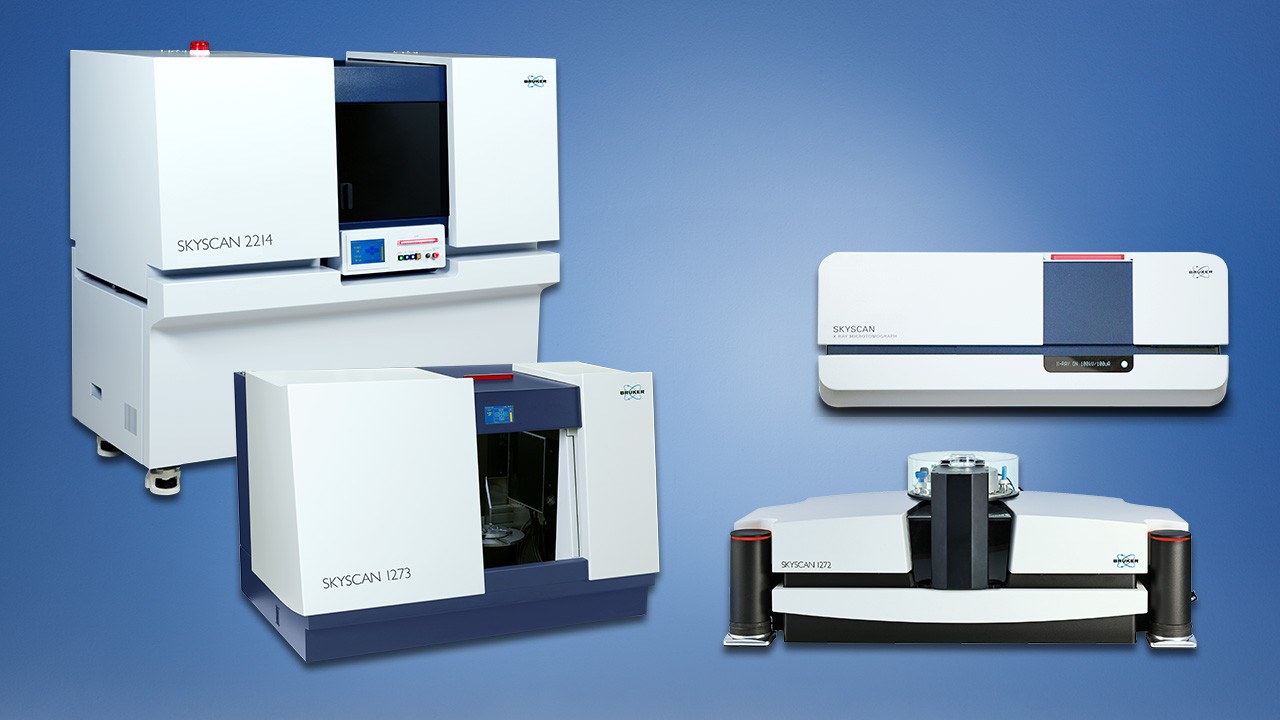Polymer and Plastic Manufacturing
Industrial Process Quality Control
Reliable, Safe, Accurate.
Quality Control
Efficient Raw Material Identification and Verification by Infrared Spectroscopy
Infrared spectroscopy (IR)is used for the identification and characterization of polymers. It provides information about the polymer itself, fillers, additives, blends and crystallinity.
In addition, IR spectroscopy is established for quality control of industrially produced polymers and raw materials. Examples are the differentiation between HD-PE and LD-PE or the deformulation of a copolymer or blend into its individual components.
- Time for analysis is less than 1 min
- Qualitative and quantitative evaluation
- Easily applicable even by untrained personnel
High resolution NMR solutions offer dedicated technology and accessories for the polymer industry
Petrochemical companies were at the top of the field in the early stages of NMR’s adoption into the many industries it has become a key part of. However, these companies are now often branching out into polymers, a huge area in which NMR finds widespread and regular application.
With major polymer manufacturers using NMR for materials analysis, this is making way for research into and development of brand new polymers.
Insight into Polymer Properties
TD-NMR technology has been proven to be a reliable and feasible alternative to replace conventional methods and reduce labor time. The key QC/QA applications in the polymer field include:
- Xylene soluble and ethylene content in PP
- Density and crystallinity in PE
- Oil and rubber content in PS and ABS
The advantages of TD-NMR analysis compared to classical methods are speed and accuracy of analysis. Samples can be either liquid, powder, pellet, film or plate, and the measurement takes only a few seconds. TD-NMR analysis can even be performed in-situ for a wide temperature range, from -100 °C to +200 °C, which is essential for polymer analysis.
Further TD-NMR Applications: Determination of cross-link density in elastomers; plasticizers, additives, and monomer fractions in polymers; Solid content in emulsions and Latex; Soft coatings on polymers; Oil and water content; Fluorine content in polymers; Copolymers and degree of polymerization; Ageing and irradiation induced effects.
Bulk Material Screening by Mass Spectrometry
Mass spectrometryoffers a unique depth of characterization for many diverse polymer classesregarding incoming goods or synthesis QC.This includesbulk material screens, pharmaceutical development, or finished surface analyses.
MALDI-TOF MS offers determination of the mostimportantcharacteristic values of the polymer, includingabsoluteaverage molecular weights (Mn and Mw), dispersity Đ, degree of polymerization, and the mass of the combined end groups, may also be automatically calculatedin afast and versatile workflow.
Even similar polymeric componentsin one samplemay be easily distinguished by help ofKendrick Mass Defect plots.
Imaging of Synthetic Polymers on the Molecular Level
A surface-layer matrix-assisted laser desorption ionization mass spectrometry imaging technique (SL-MALDI-MSI) can be used to study the chemical composition of polymer surfaces with multicomponents.
合成材料与聚合物表面组件s are important in several industrial and medical processes. These are printing, coatings and biomedical device applications as well as other applications. Consistency of the chemical composition is crucial in these processes. Production can be easily disrupted by the quality of the material which can impart surface defects such as abrasion, degradation, contamination with other materials, and many more.
For the study of these material surfaces MALDI matrices and cationizing salts are applied onto the material for analysis. Surface-specific analysis with a depth resolution of about a few nm can be measured. For instance, surface defects on polystyrene (PS) and poly(methyl methacrylate (PMMA) thin films caused by contamination, masking, scratching/abrasion, and solvation can be analyzed.
Process Monitoring
Process Monitoring of Polymers by Near Infrared Spectroscopy
Near infrared spectroscopyis used for the quantification of quality relevant parameters in polymers like OH-number, acid or amine value to name a few. As innovative analytical methods are of great economic interest, NIR is becoming more and more established for the monitoring of polymer production processes. Many companies start to replace conventional at-line analysis methods by spectroscopic online tools.
An increased speed of analytical processes and decreased maintenance costs offer a high savings potential. The great amount of information delivered by the NIR spectra allow a simultaneous high-precision analysis of many different components and system parameters such as density, viscosity, degree of cross-linking, stabilizer as well as monomer content and many others.
- Real-time assessment of the process on a molecular basis.
- Fiber-coupled probe heads measure straight into the area of interest
Material Research
Real-time Evaluation of Polymerization Reactions by FT-IR Spectroscopy
Photo-curablepolymers are widely used in automotive, consumer electronics, printing,and coating industry because of their multifunctional properties.The most important characteristics of curablepolymers are the speed of cure andthe degree of conversion in the final product.
Time-resolved FTIR spectroscopy is an excellentanalytical tool to measure these parameters.The degree of conversion and the speedof cure can be measured within a fewseconds using fast scanningspectrometer. Conversion kinetics are easily calculated from theband intensities vs time under lightsexposure.
Failure Analysis
Supplier Silent Change Analysis by Mass Spectrometry
Cost cutting or non-availability of certain componentscan lead to changesin the supply chainwithout noticingthe customeruntila downstreamproduct fails.A simple quality control of incoming goods using a well-established TLC chromatography might notalwaysshow the full picture: Spotscanoverlap and, therefore,cannot be distinguished bysimple stainingeven if 2D-TLC was used.TLCMALDI-TOFmass spectrometry offers an additional dimension to the analysis and can clearly separate all components present ona 1-D- or 2-D-TLC-plate.
Failure and Damage Analysis Using Infrared Microscopy
The failure of polymer and plastic materials often is caused by the inhomogeneous distribution of the used components inside the polymeric material. Furthermore, contaminations like particles, fibers or inclusions may be the reason for its failure.
As such defects are often extremely small they are hard or even impossible to analyze by a macroscopic measurement. FT-IR microscopy is a powerful tool for failure analysis: It allows to obtain IR-spectra anywhere on the sample with high lateral resolution and thereby reveals the chemical composition of this particular sample area.
- Wrong composition
- Inclusions and contaminations
- Blooming and streaking
Orientation
Orientation Analysis of Polymers
A polymer is a macromolecule that is made up of long chains of repeating subunits. The composition, structure, and form of the polymer determine its properties and therefore proper characterization of these parameters is critical. Polymers are often synthesized into fibers, sheets, and other solid forms. The properties of these types of polymers are strongly influenced by their crystallinity, crystal structure, and texture which can be investigated using X-ray diffraction (XRD) and Small Angle X-ray Scattering (SAXS). As these types of polymers typically have large d-spacings, low X-ray absorption, and some preferred orientation (texture), transmission scattering utilizing a 2D detector is an ideal way to characterize these samples.
Imaging the Internal Structure of Polymer Components by XRM
Polymers are used to create items of all shapes, sizes and intended uses. From the milk jugs to cell phone components created with methods ranging from injection molding to 3D printing, polymers continue to shape the world around us. Ensuring that these components fulfill their intended roles requires access to cutting edge techniques like X-ray Microscopy. XRM allows non-destructive three dimensional imaging of both the interior and exterior structure of polymer components. Whether the task is ensuring the internal/ external part dimensions, checking for voids, or analyzing the mode of failure, XRM plays an essential role in polymer engineering.






